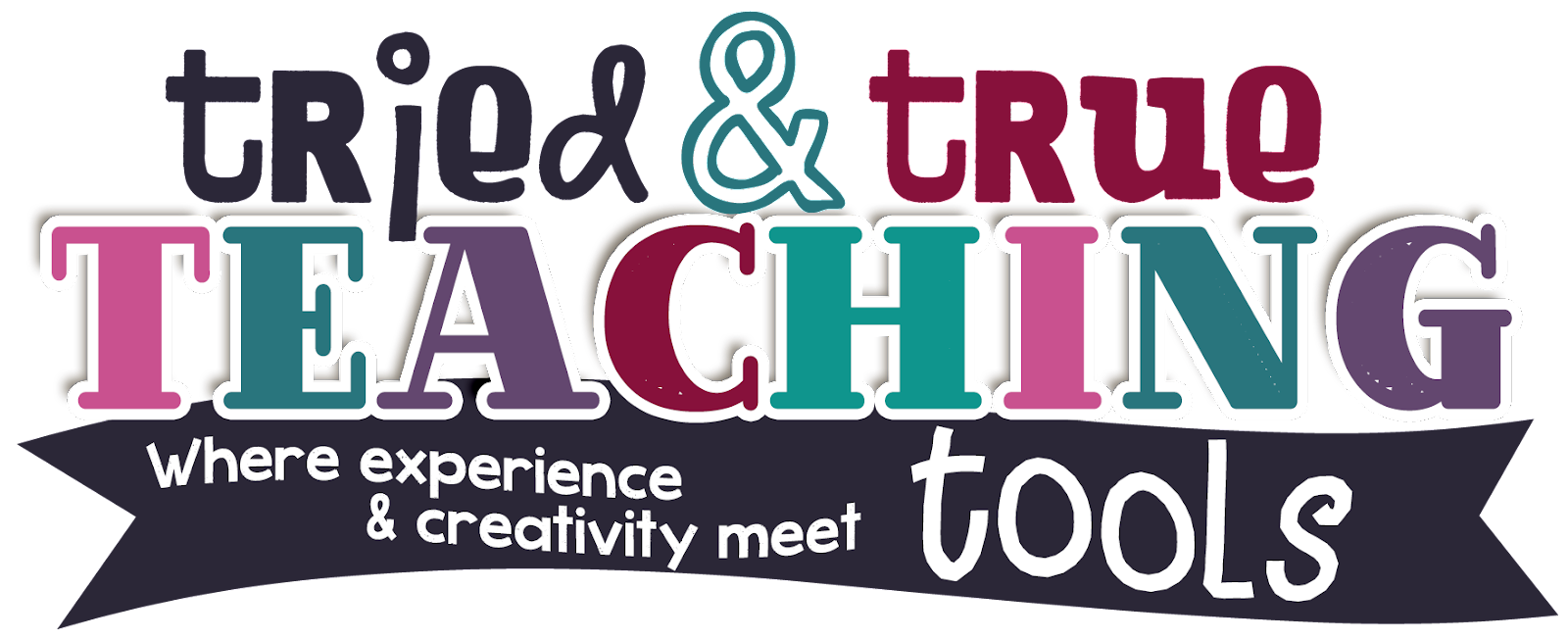Throughout the writing process, students meet in groups to share their ideas, drafts, and revisions. We practice sitting knee to knee, making eye contact, leaning in to listen, nodding heads to acknowledge the writer.
Once the rough draft is complete, students meet in more formal revision groups:
- Form a revision group of 4-5 students. (Each group ideally has 1 skilled/advanced writer, 1 struggling writer, and 2 proficient writers.)
- Pass out a folder with numbered essays to each group. No group is allowed to evaluate its own essays.
- As a group, review the Scoring Rubric. (The rubric has been reviewed as a class on our screen/Smartboard, as well as a copy is also in the 3-fasteners in the folder.) Carefully read and review each description together.
- Next, each student selects an essay from the folder to read.
- Use the rubric to score the writing. On the scoring sheet, student readers write a score of 1, 2, 3 or 4, and a specific compliment about the essay then any questions or suggestions they may have. Students use the criteria from the rubric to help with comments. (It is important to emphasize this is NOT the time to comment on penmanship or spelling!) Students do not share their response with anyone in their group.
- Students keep the scoring sheet and pass the essay to another reader in their group, who will read the same essay and also score it using the rubric.
- After 2 people have read and scored the same essay, check the scores given by the 2 readers. If the scores are the same, then the scoring is valid. If however, there is a large discrepancy (such as a 2 & a 4), the essay needs to be read and discussed by all group members. Use the criteria from the rubric to talk about WHY each reader scored the paper the way they did. Come to a consensus.
- Staple completed comment sheets to the student’s essay.
- Return essays to the folder.
Initially, students are fearful to "say something mean" abut their classmates' writing. However, we have many discussions about whether or not "It was good" is a helpful comment. As they become more comfortable using the language of the criteria on the rubrics, their conversations and written comments begin to reflect the expectations and structure of each writing piece. I review the score sheets before handing essays back to students. Knowing the teacher will look at the comments and score also builds in accountability of the peer editor.
If you would like writing rubrics aligned to the CCSS, as well as peer feedback forms, click HERE or on the image below.
Want even more help growing your students into writers?
Check out the posts from the fabulous teacher authors below!
3 Easy to Implement Tips to Teach Procedural Writing // Think Grow Giggle
It’s All About Revision // Tried & True Teaching Tools
Writing Prompts that Inspire // Feel-Good Teaching






No comments
Post a Comment